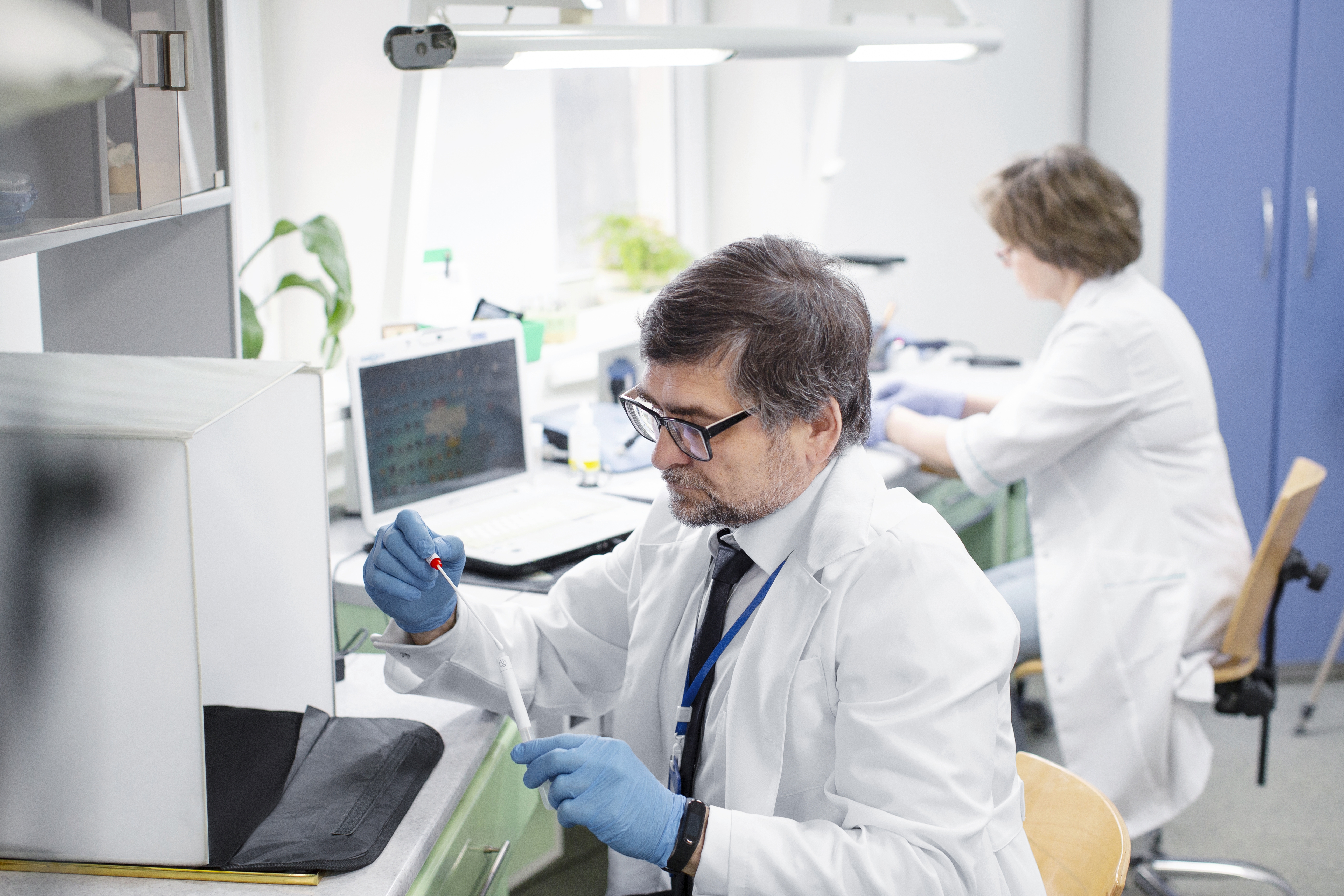Pharmacovigilance, the watchful guardian of drug safety, stands at the forefront of healthcare. But safeguarding patients requires a language, a precise lexicon of medical terminology that ensures accurate communication and swift action. For those embarking on a career in pharmacovigilance, mastering this language is not just a skill; it's a responsibility, a key to unlocking the secrets of drug safety and ensuring patient well-being.
1. The Decoding the Medical Lexicon:
Pharmacovigilance terminology builds upon the bedrock of general medical terminology. Understanding anatomical terms, disease classifications, and diagnostic procedures is crucial. Knowing the difference between a myocardial infarction (heart attack) and a cerebral infarction (stroke), for example, is vital for accurately reporting adverse events. Familiarity with medical abbreviations and acronyms like "ADR" (adverse drug reaction) and "ICH" (International Conference on Harmonisation) is equally essential.
2. Beyond the Basics: Diving into the World of Drugs:
Pharmacovigilance delves deeper, exploring the intricacies of drug names, classifications, and mechanisms of action. Understanding the difference between brand names and generic names, knowing the therapeutic class of a drug (e.g., antihypertensive, antipsychotic), and grasping the concept of pharmacodynamics (how a drug works) are all crucial for accurate reporting and analysis of potential drug safety issues.
3. The Nuances of Adverse Events: Speaking the Language of Risk:
The heart of pharmacovigilance lies in identifying and reporting adverse events (AEs). This requires a nuanced understanding of AE terminology, differentiating between terms like "suspected ADR," "serious ADR," and "expected side effect." Grasping the concept of causality, the link between a drug and an AE, is paramount for accurate reporting and risk assessment.
4. The Global Stage: Navigating the Regulatory Landscape:
In today's interconnected world, pharmacovigilance operates within a global regulatory framework. Understanding key terms like "PSUR" (Periodic Safety Update Report) and "MedDRA" (Medical Dictionary for Regulatory Activities) is essential for navigating this complex landscape. Familiarity with regional regulations, such as those of the FDA (US) or EMA (Europe), is also crucial for ensuring compliance and effective communication.
5. Textbooks: The Art of Communication:
Mastering medical terminology is just the first step. Effective pharmacovigilance requires clear, concise communication with healthcare professionals, regulators, and the public. Understanding medical jargon is not enough; translating complex concepts into understandable language is key to ensuring everyone involved in the safety chain is on the same page.
Skills for Success: Beyond the Lexicon:
While medical terminology is the foundation, other skills are essential for a successful career in pharmacovigilance. Strong analytical and critical thinking skills are crucial for identifying potential safety signals and interpreting complex data. Excellent communication and interpersonal skills are vital for collaborating with diverse stakeholders. And a passion for patient safety and a commitment to continuous learning are the cornerstones of a successful pharmacovigilance professional.
Courses and Resources:
Numerous online and offline courses are available to hone your medical terminology skills in the context of pharmacovigilance. Many professional organizations like the American Society for Pharmacovigilance and Pharmacoepidemiology (ASPP) offer resources and training programs. Additionally, staying up-to-date with the latest regulatory changes and industry trends is crucial for maintaining your knowledge base.
Unlocking the Power of Language:
Mastering medical terminology for pharmacovigilance is not just about memorizing terms; it's about unlocking a powerful tool for safeguarding patient well-being. By understanding the language of drug safety, you become a vital player in ensuring the responsible development, use, and monitoring of medications. So, embark on this journey of linguistic discovery, embrace the challenges, and empower yourself to speak the language that protects lives.


